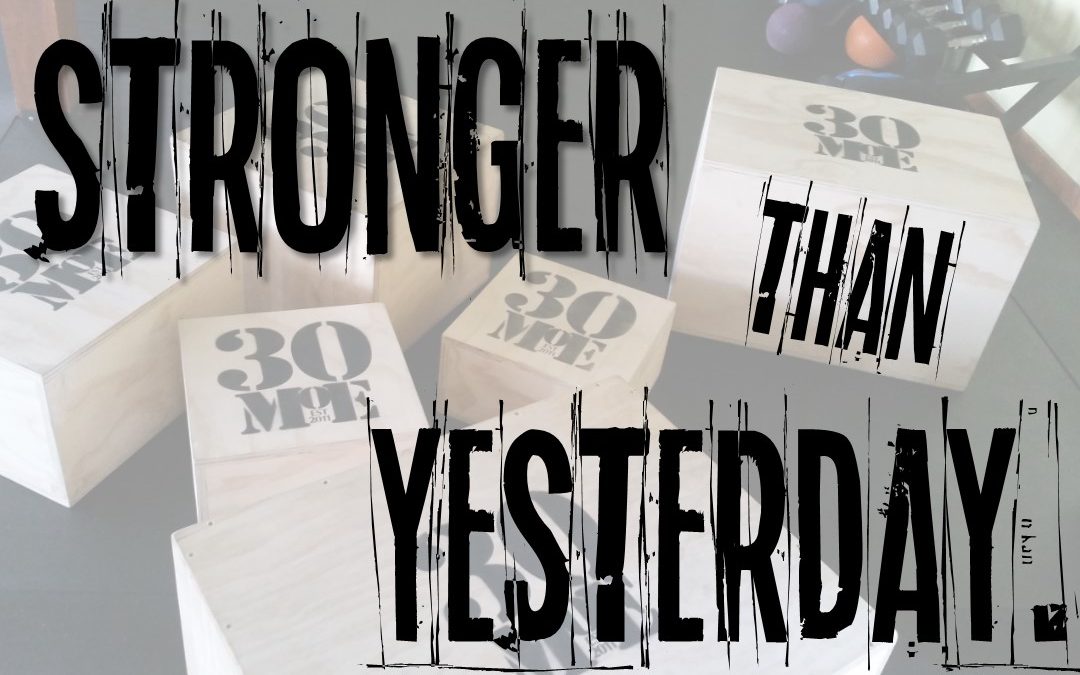Throughout your day, my guess is that you have to lift something. Sometimes what you are lifting is heavy. This time of year, it could be wood pellets, wood, kids, “stuff” in general. Lately I’ve been lifting Olaf (my dog) into the back of my car because there are some days he just doesn’t feel like jumping in (hmm, maybe because I spoil him). To help save your back, let’s talk about how you can safely lift something – even your pet.
Let’s talk biomechanics first. I’ll just give you the basic jist of it because it can be quite sciencey & confusing). Ready? Ok, keeping an object close to your body and at the level of your center of mass (around your belly button) is optimal. Think bear hug squats with the sandbag – bag against your body, from your chest to your belly button. The further away from your body an object is, the more strain/stress on your lower back. So, whatever you carry – keep it close and tight to your body.
Before you hold it against your body, you have to pick it up first. Duh! How do you pick it up safely? You squat down and pull that heavy object close to your body. Wrap your arms around it, brace your core by stiffening it up and lift with your legs, keeping your back straight. Does this sound familiar? Watch the video below. You’ll notice movements in the video that are done in an exercise class; squat and hinge.
Keeping a load/weight close to your body is the key to keeping your back strong and safe while lifting something. If you need to move/walk once you have that weight at your belly/chest level, you want to make sure to pivot your foot versus twisting. Never twist your body with your feet planted. This tweaks the lower back that isn’t meant to twist. Your rib cage is meant to rotate, but not the lower back. By pivoting your foot, you are rotating your hips, which realigns your body in the direction of your movement without any low back tweaking. Pivot, pivot, pivot.
Naturally we have pressure between each vertebrae. This pressure is affected by body position and lifting an object. The lowest pressure within your disks is when you are lying flat on your back (25kg pressure). When you stand up, the pressure increases to 100kg. If you bend over to pick up something while you are standing, the pressure increases to 220kg! The most pressure between your disks comes from bending over from a seated position and lifting an object (275kg pressure). To keep the pressure between your disks low, proper body position and load placement is necessary: feet shoulder width apart, squat down, flat back, brace core, and keep object close to your body.
The proper form that we teach in our program can be transferred to the things you do in daily life. The next time you have to pick up something heavy from the floor, think about squatting over the object, keeping your back flat, and then driving your feet into the ground as you stand up with your chest up and shoulders back. You will lift the object safely without causing high levels of strain/stress on your low back.

